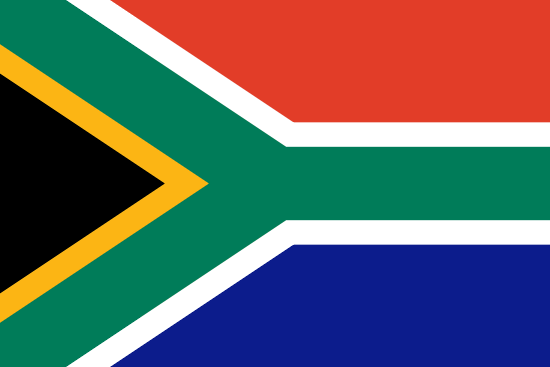"Egoli - Place of Gold | Egoli - Place of Gold"
About:
Johannesburg, South Africa, was founded in 1886 following the discovery of gold. It quickly evolved into a major economic hub and by the 20th century, became South Africa's largest city. Despite suffering under apartheid policies (1948-1994), it remained an economic powerhouse. Post-apartheid, Johannesburg continues to grapple with issues like crime and inequality, but remains a significant global city and the economic heart of South Africa.
When to visit:
Johannesburg, the vibrant city known as the economic hub of South Africa, experiences a subtropical highland climate with dry, sunny winters and warm, wet summers. The most popular time to visit Johannesburg is during the dry winter months from June to August when temperatures are mild and rainfall is minimal, making it ideal for outdoor activities and exploring the city. However, if you prefer a more colorful experience, consider visiting during the spring months from September to November when the city is in full bloom with jacaranda trees lining the streets. Keep in mind that Johannesburg can be busy during school holidays and festive seasons, so plan your trip accordingly to avoid crowds and secure accommodation in advance.
When to avoid:
Traveling to Johannesburg, South Africa during the peak of the rainy season, which occurs from November to March, is generally considered the worst time for holidaymakers. The heavy rainfall during this period can lead to flooding, road closures, and disruptions to outdoor activities and sightseeing. Additionally, the high humidity levels and increased risk of tropical diseases make it less than ideal for exploring the city. To avoid potential travel inconveniences and health concerns, it is advisable to plan your trip to Johannesburg during the drier and cooler months of April to October.
Winter (Jun–Aug)
In Johannesburg, the coldest and wettest season is from June to August, known as the winter season. Average temperatures range from 4°C to 16°C. Rainfall is relatively low, with July being the driest month. Cloud cover is moderate, with partly cloudy days being common. Sunlight is reduced, with an average of 7 hours of sunshine per day. An average day for a visitor may start with a chilly morning, followed by a mild sunny afternoon. The evenings can be quite cold, so warm clothing is essential.
Summer (October–March)
The warmest part of the year in Johannesburg, South Africa, is during its summer season, which runs from October to April. During this period, the average daytime temperatures range between 25°C (77°F) to 30°C (86°F).
Rainfall is quite significant in these months, with the city experiencing summer thunderstorms in the afternoons, often followed by cool evenings. Johannesburg receives most of its annual rainfall during this period, making it a wet summer season. Despite this, the city enjoys plenty of sunshine, with an average of 8-9 hours of sunlight per day.
Humidity is relatively low in Johannesburg, even in the summer months, contributing to the overall comfort despite the heat. Cloudiness varies, with some days being bright and clear and others being overcast, especially on days with afternoon thunderstorms.
A typical day for a visitor during the warmest part of the year would start off warm and sunny, perfect for outdoor activities. As the day progresses, the temperature rises, and clouds often start to build up, culminating in a dramatic afternoon thunderstorm. These storms, while intense, are usually brief, and the skies clear up again in the evening, leading to a pleasantly cool night.
Language:
In Johannesburg, the most commonly spoken languages are English, Zulu, and Afrikaans. English, often used in public and commercial life, is spoken by most residents. Zulu, the mother tongue of the Zulu people, is also widely spoken. Afrikaans, a language of Dutch origin, is commonly used in households and businesses. Other languages like Southern Sotho and Xhosa are also spoken by a significant portion of the population.




